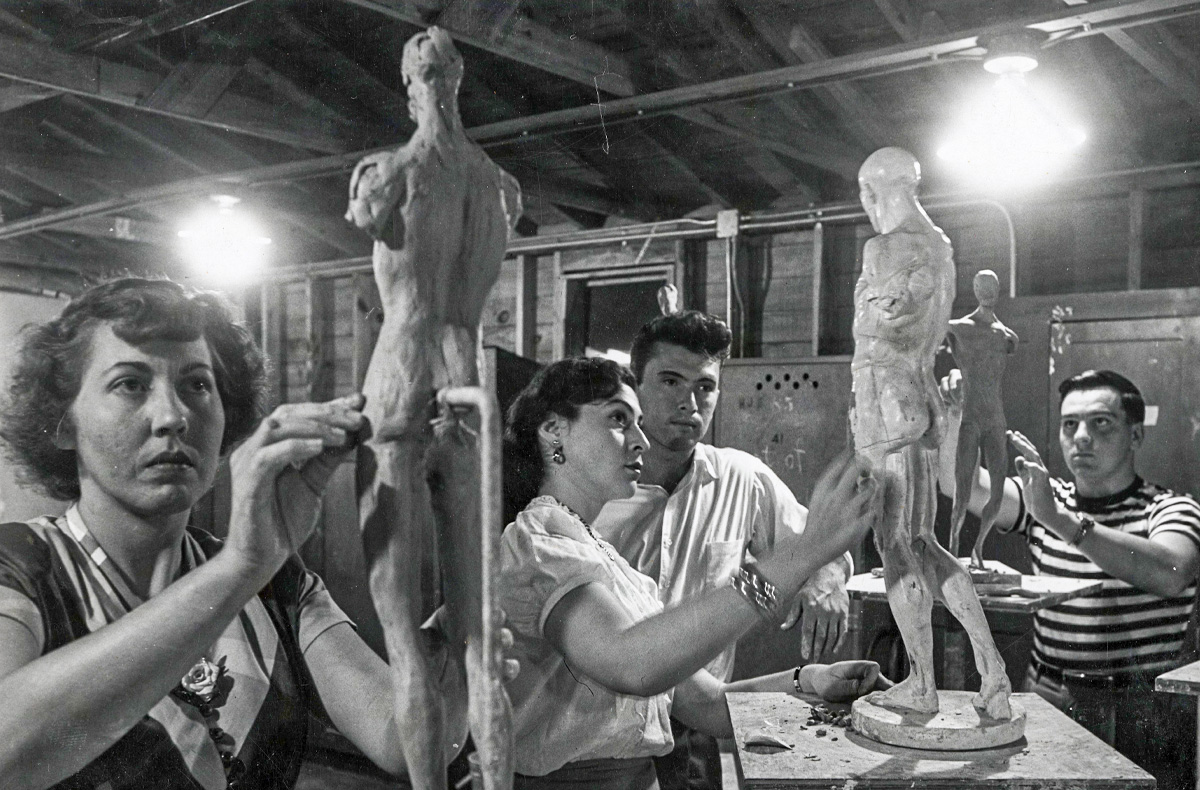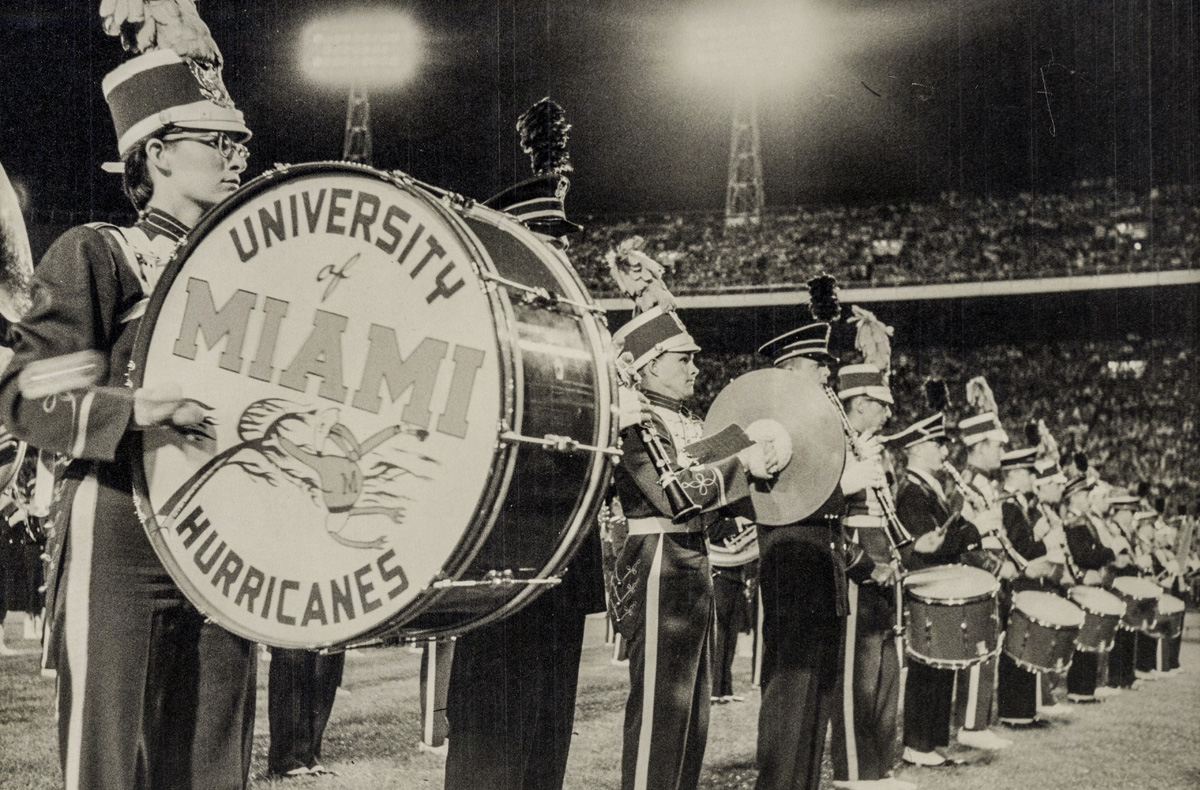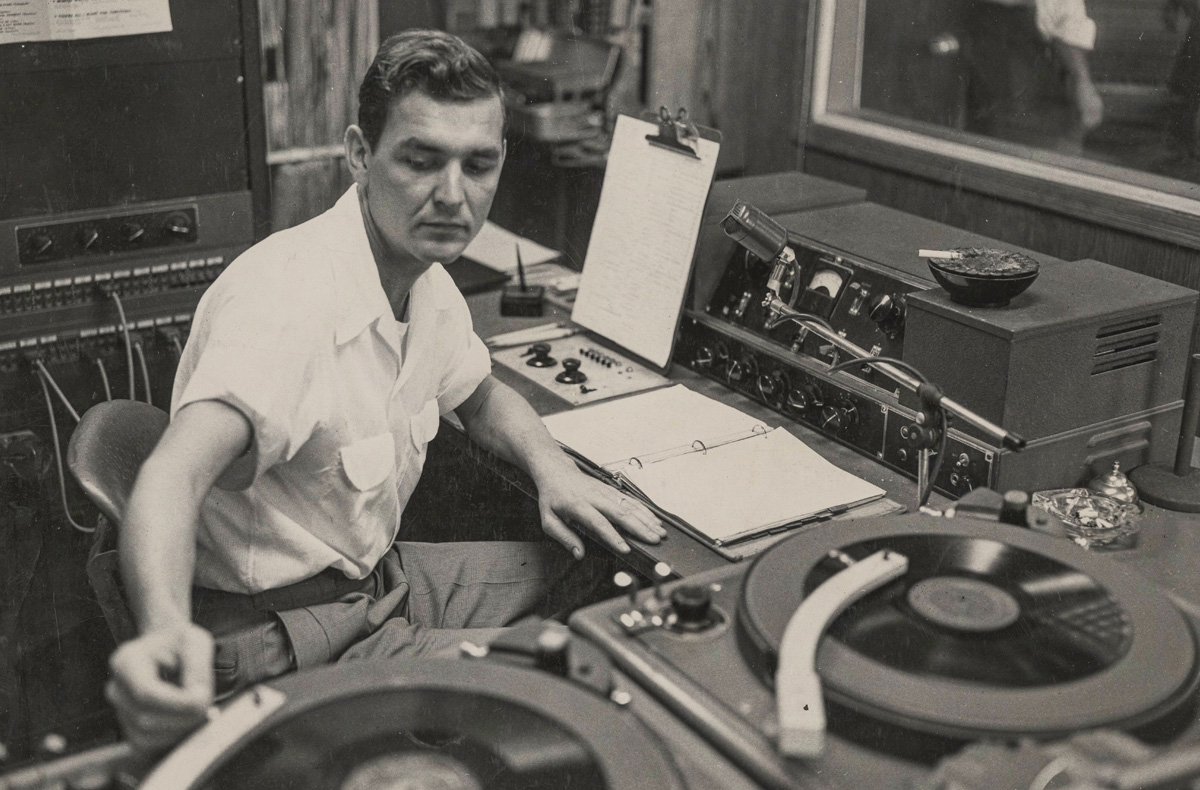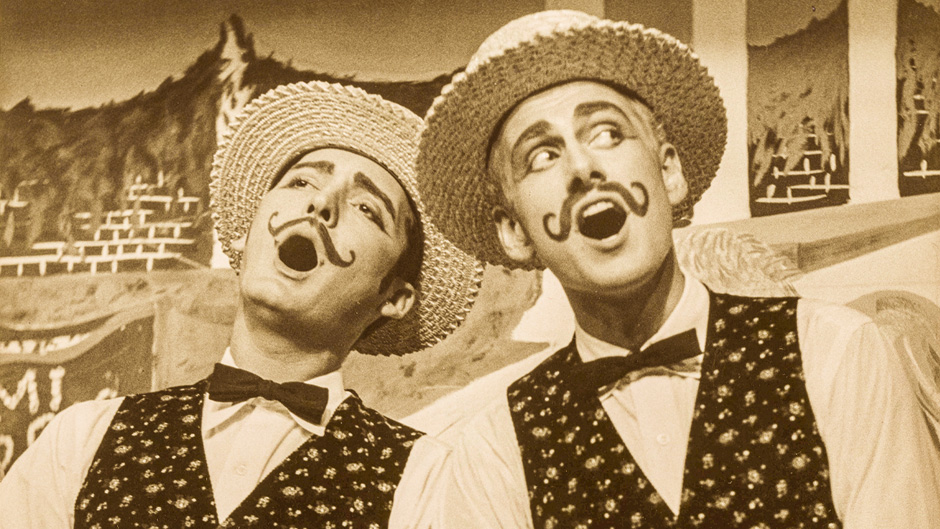The University of Miami's commitment to the arts began amidst challenging circumstances following the Great Miami Hurricane of 1926 and an economy in ruins. Despite these setbacks, the University's founders envisioned the institution as a cultural hub for the community, with the arts central to its mission. Judge William E. Walsh, a founding board member, expressed this vision, emphasizing the transformative potential of the University to turn Miami into a cultural center, where “culture” had been previously neglected.
From its inception, the University’s board of regents included artists, musicians, and authors, reflecting its commitment to integrating the arts into its educational framework. Its mission was clear: to preserve and pass on the culture of the past while contributing to the future. The University's vision for cultural integration was not only about academic excellence but also about building strong community connections through symphonic concerts, theater, seminars, lectures, and art exhibitions—making it a cultural cornerstone for the growing South Florida region.

In the early years, the University faced significant challenges, including limited facilities. Classes, theater performances, and radio broadcasts were held in the Anastasia Building. The building was home to the University's radio and television programs, which contributed to the development of students’ communication careers, now part of the School of Communication.
The Ring Theatre, renamed the Jerry Herman Theatre, was established in 1951 and became a vital part of the community’s cultural life. Originally hosting productions from the drama department, it soon expanded its influence as a key venue for live theater in Miami. The Lowe Art Gallery, which began in the Anastasia Building, eventually moved to the Solomon G. Merrick Building and later into a new space, thanks to the generosity of Joe and Emily Lowe. This expansion enabled year-round exhibitions, lectures, and educational programs at what is now known as the Lowe Art Museum, the first museum in Miami-Dade County to be professionally accredited by the American Alliance of Museums.

The arts programs flourished with notable milestones. Bertha M. Foster expanded her Music Conservatory, which evolved into the Frost School of Music, focusing on training musicians and teachers. The University of Miami Symphony Orchestra, founded in 1926 under Arnold Volpe, became a significant cultural institution, performing at prestigious venues like the Miami Beach Municipal Auditorium, today’s Fillmore Miami Beach. The Symphonic Band, established in 1933, supported not only the University’s athletic events but also worked to organize and support local high school bands.
The Solomon G. Merrick Building, which temporarily housed the University’s library, also played a role in fostering cultural exchange with Latin America and the Caribbean. Today the University Libraries rank among the top 50 research libraries in North America, drawing scholars from around the world to engage with its print collection of more than 4 million volumes and 130,000 serial subscriptions and rare and unique distinctive collections.

Over time, the University grew into an artistic and cultural force, helping to transform Miami from a “cultural wilderness” into one of the most artistically adventurous cities in the world. Today we continue preparing the next generation of innovators, artists, and thought leaders to transform the world through their distinctive creativity and scholarship—with access to 50 internationally acclaimed art degree programs.
Our performance halls, venues, and galleries host more than 500 events each year, showcasing musical performances, cutting-edge theatrical premieres, thought-provoking lectures, author readings, art exhibitions, and film screenings, all reflecting the University’s multicultural vibrancy.
Explore The U Creates, your link to arts, culture, and creative expression at the University of Miami. Read stories about how our artists are driving innovation through imagination and various modes of expression. Explore the calendar of events.

